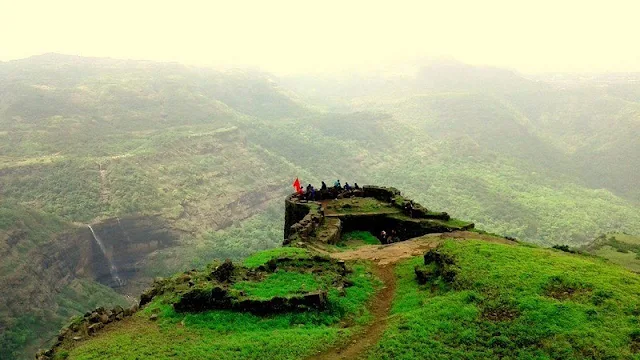The Dubai Frame is an architectural landmark in Zabeel Park, Dubai. It holds the record for the largest frame in the world.Whilst described by The Guardian newspaper as "the biggest picture frame on the planet,”it is also controversial as the "biggest stolen building of all time.”
The project was conceived by Fernando Donis, and selected as the winner of a design competition by the Government of Dubai. The designer has alleged that he had his intellectual property stolen and was denied credit for the design.
The design was selected as the winner of the 2009 ThyssenKrupp Elevator International Award from 926 proposals. Participants from all over the world were invited to submit an emblem that would promote “the new face for Dubai". It is near the Star Gate of Zabeel Park and stands at 150.24 m (493 ft) and 95.53 m wide.
In December 2016, the architect Fernando Donis filed suit in US court against the Municipality of Dubai and ThyssenKrupp Elevator. In his suit, Donis claims that he has not received either a contract or compensation for his design, despite it being currently under construction. As of 2018, the architect and the Municipality of Dubai were engaged in a legal dispute over ownership of the copyright for the building.
The ThyssenKrupp Elevator Architecture Award is an
international architecture competition first held in 1988 and sponsored
by one of the world's leading elevator companies. An international panel
of judges selected the winning idea from among 926 design proposals to
create a Tall Emblem Structure for Dubai. The original jury consisted of
11 international architects a former and current chairman of the
International Union of Architects (UIA) and the regional chairman of
ThyssenKrupp Elevator. Dubai Municipality’s director general and Sheikh
Hamdan Bin Rashid Al Maktoum were listed as ‘honorary’ jurors.
Donis'
design was ultimately selected, for which he won an AED 367329.70
($100,000) prize. According to Donis, when designing the structure he
saw Dubai as a city full of emblems and rather than adding another one,
they proposed to frame them all: to frame the city. Instead of building a
massive structure, the purpose of the proposal was to build a void of
150 meters by 105 meters to continuously frame the development of the
past, current and future Dubai. To become the structure that celebrates
yet constrains the city.
Rising 150 meters from Dubai’s Zabeel Park, the “World’s Largest Picture Frame” has officially opened in the UAE. Known as the Dubai Frame, the structure is the latest in the city’s line of eye-catching megaprojects, offering up panoramic views of the skyline while framing views of iconic buildings such as the Burj Khalifa for visitors and residents all across the city.
The Dubai Frame is created out of glass, steel, aluminum,
and reinforced concrete. It is positioned in such a way that
representative landmarks of modern Dubai can be seen on one side, while
from the other side, visitors can also view older parts of the city. The Frame opened in January 2018.
The picture frame beautifully frames the city. If you stand on the observatory bridge and look towards the South, you’ll see the whole of the modern city of Dubai, with all the major landmarks clearly. If you turn back and gaze out at the North, you can enjoy fabulous views of Old Dubai, Bur Dubai, Deira, Karama, Umm Hurair and Dubai Creek.
Journey into the Dubai frame begins at the mezzanine level where a fabulous museum and gallery await you. Enjoy a spectacular experience of immersive exhibits that detail Dubai’s journey from being a nomadic Bedouin fishing and pearl diving village to what the Emirate is today the world’s biggest commercial and travel hub. Various special effects have been used to create a very visually-compelling experience that will remain with you for long. Apart from visual effects, there are sound effects and certain smells that have been reproduced such as the mist that comes off of sea waves.
From the mezzanine museum level, you proceed on wards to the Sky Deck level, from where you can see Dubai in all her spellbinding glory through augmented-reality screens. The Sky Deck level allows you to experience some fabulous, jaw-dropping views, of modern Dubai right from the walls. Enjoy the incredibly refreshing 3D views of Dubai’s incredible landmarks and listen to the commentary that tells you interesting facts about each of the landmarks.































































